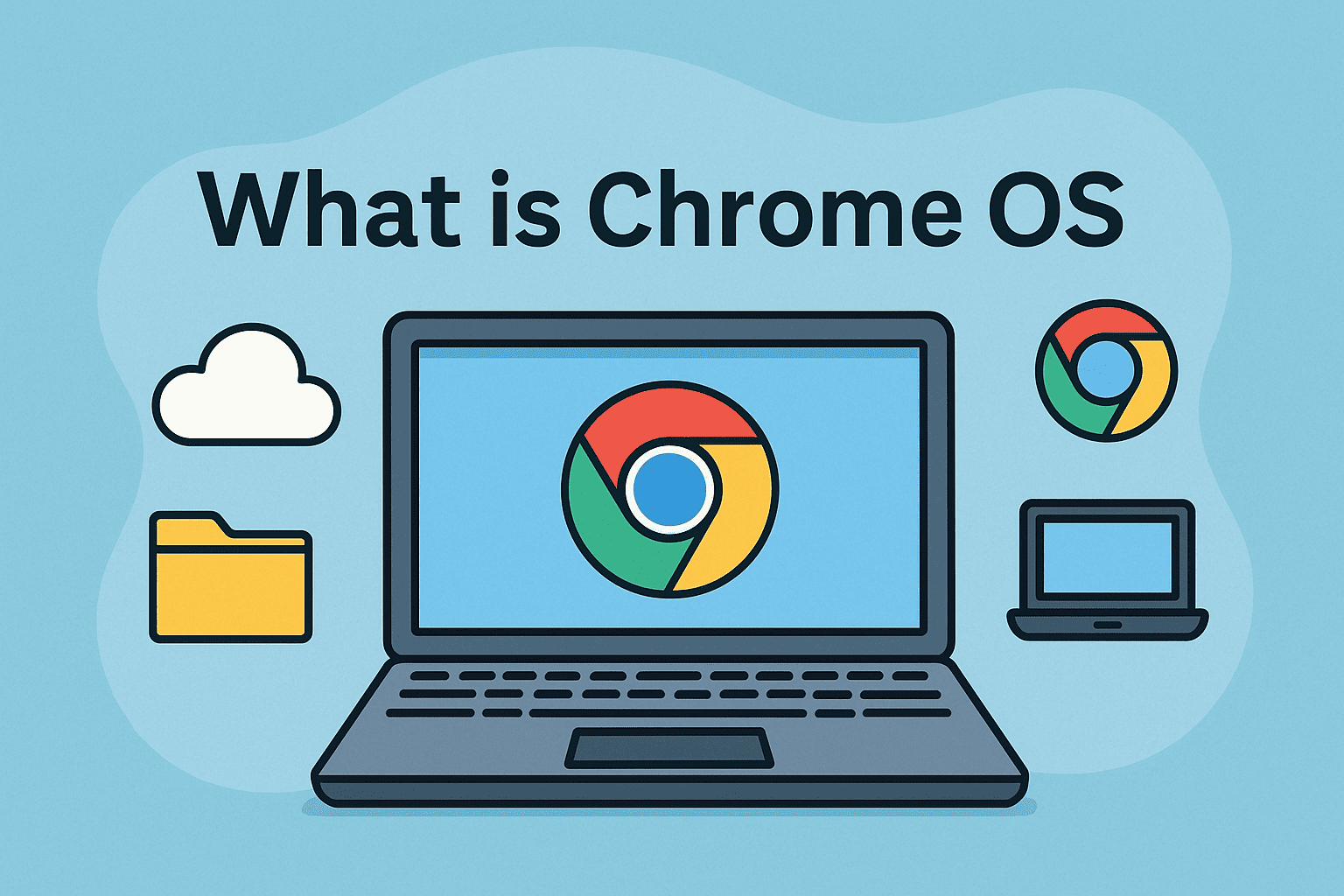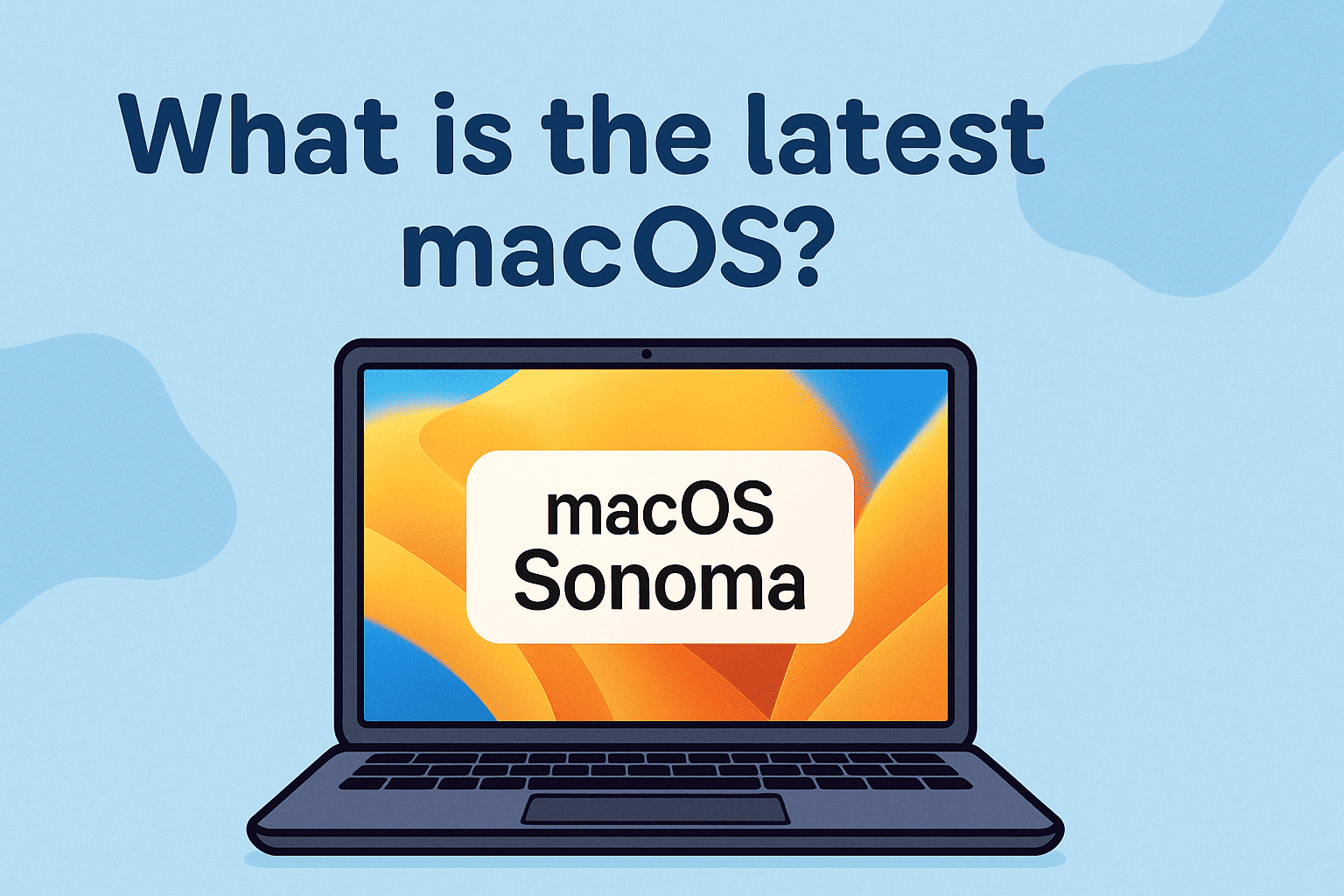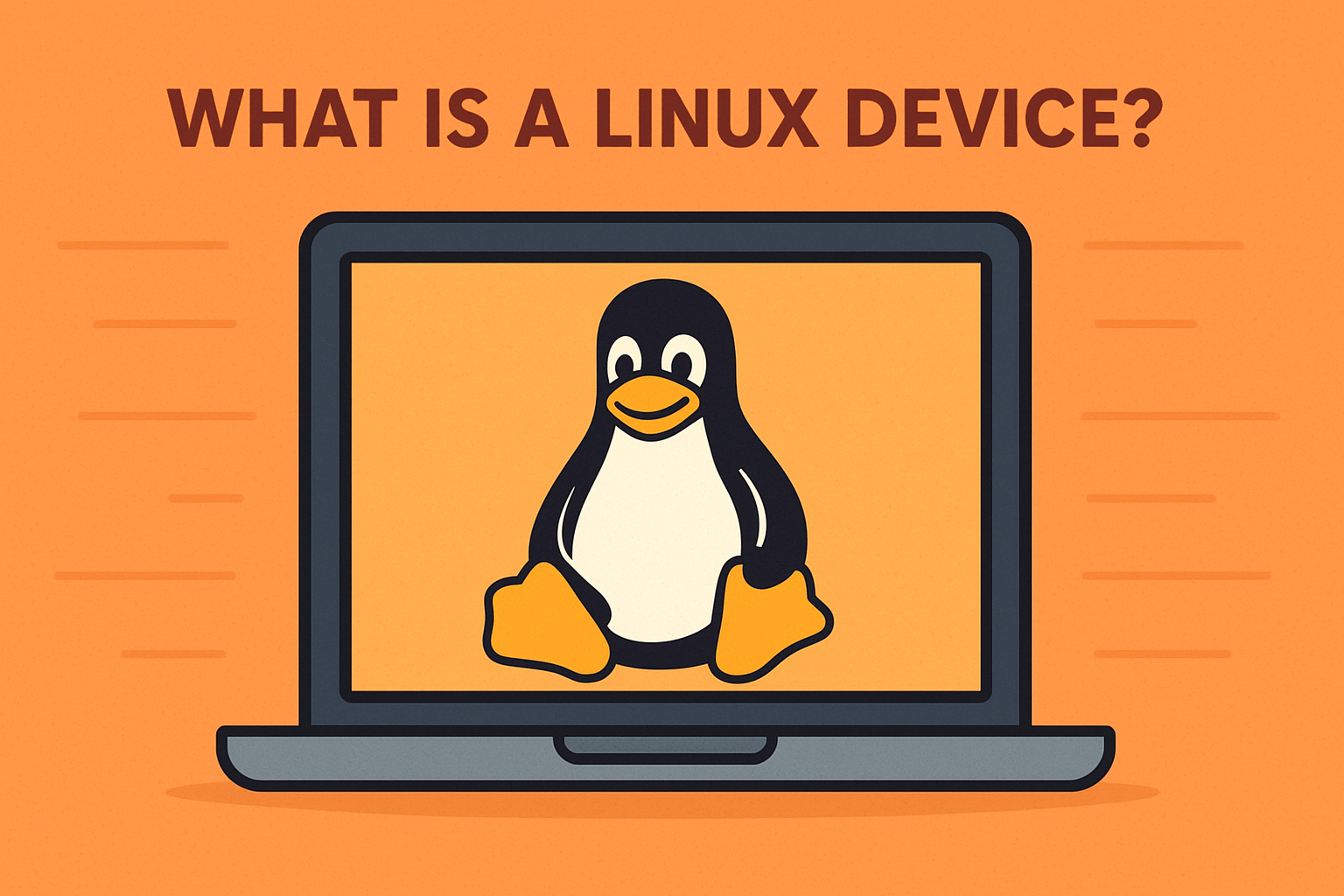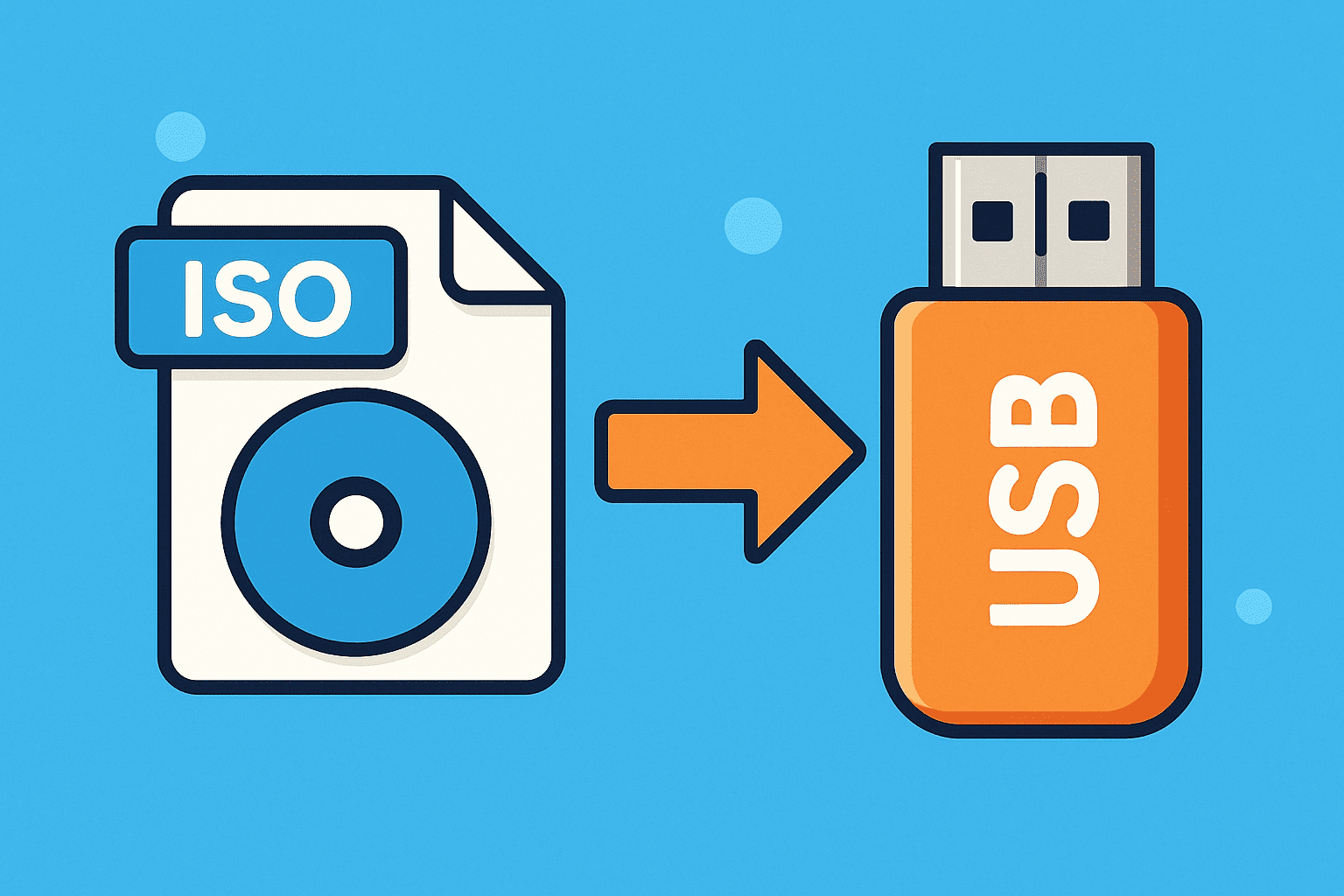The Rise of Green Computing: How Sustainable Practices are Shaping IT
Updated on November 16, 2023, by ITarian

Published November 17th, 2023 by Editorial Staff
In the ever-evolving landscape of technology, a new protagonist has emerged: Green Computing. This concept is not just a trend; it’s a necessary shift in how we approach Information Technology (IT) in an environmentally conscious world. With increasing awareness of the environmental impacts of traditional IT practices, green computing has become pivotal in shaping the future of technology. This post delves into what green computing entails, its significant benefits, the innovative technologies driving this change, the challenges faced, and the future for sustainable IT practices.
Understanding Green Computing
At its core, green computing is the environmentally responsible use of computers and related resources. It encompasses practices like designing energy-efficient processors, servers, and data centers, using renewable energy sources and recycling electronic waste. The primary objective is to minimize the environmental impact of IT operations, which traditionally have been significant contributors to carbon emissions due to high energy consumption and electronic waste.
The Shift Towards Sustainability in IT
The IT sector is increasingly adopting green computing strategies, recognizing the need to reduce its environmental footprint. Major corporations are leading the way, setting examples by implementing eco-friendly data centers, reducing power consumption, and utilizing sustainable materials. This shift is not just a moral imperative; it also makes business sense. Reducing energy consumption cuts costs, and there’s a growing consumer demand for environmentally responsible products and services.
Benefits of Green Computing
The advantages of green computing are multifaceted. Environmentally, it leads to a significant reduction in carbon footprint and energy use. Economically, it offers cost savings in the long run, with energy-efficient hardware and reduced utility bills. Additionally, it fosters a positive corporate image, as consumers and investors often view businesses that embrace green practices favorably.
Technologies Driving Green Computing
Innovative technologies play a crucial role in the rise of green computing. Energy-efficient hardware, cloud computing, and virtualization have been game-changers. Virtualization allows for fewer physical machines, reducing energy use and costs. Cloud computing promotes efficiency by enabling shared resources. Furthermore, the development of eco-friendly data centers, which use renewable energy sources and efficient cooling systems, is revolutionizing the industry.
Challenges and Solutions
Despite its benefits, implementing green computing comes with challenges. High initial costs and lack of awareness are significant barriers. However, these can be mitigated through government incentives, education, and demonstrating the long-term economic benefits of green IT practices.
Future of Green Computing in IT
The future of green computing looks promising, with ongoing innovations and a growing global emphasis on sustainability. We can expect to see more advanced energy-efficient technologies, increased use of renewable energy in IT operations, and even stricter regulations pushing the industry towards sustainability.
Conclusion
Green computing is not just a fleeting trend; it’s a crucial part of the future of IT. The IT industry can significantly reduce its environmental impact by embracing sustainable practices while driving innovation and efficiency. As we depend more on technology, adopting green computing practices becomes increasingly essential for a sustainable future.












